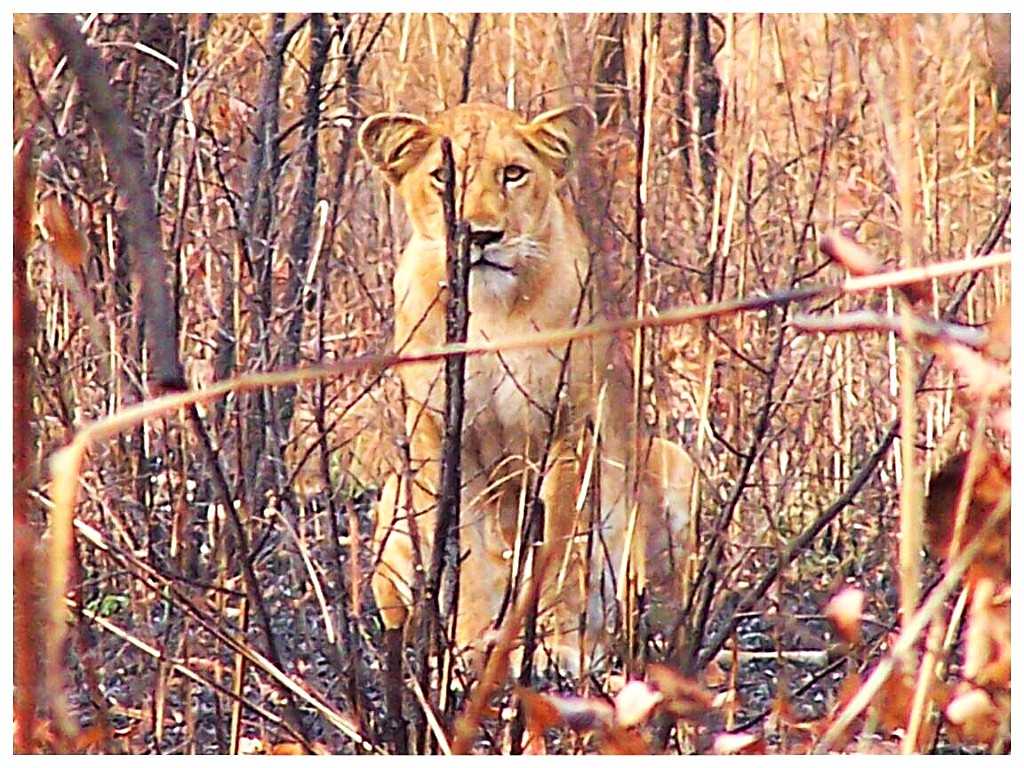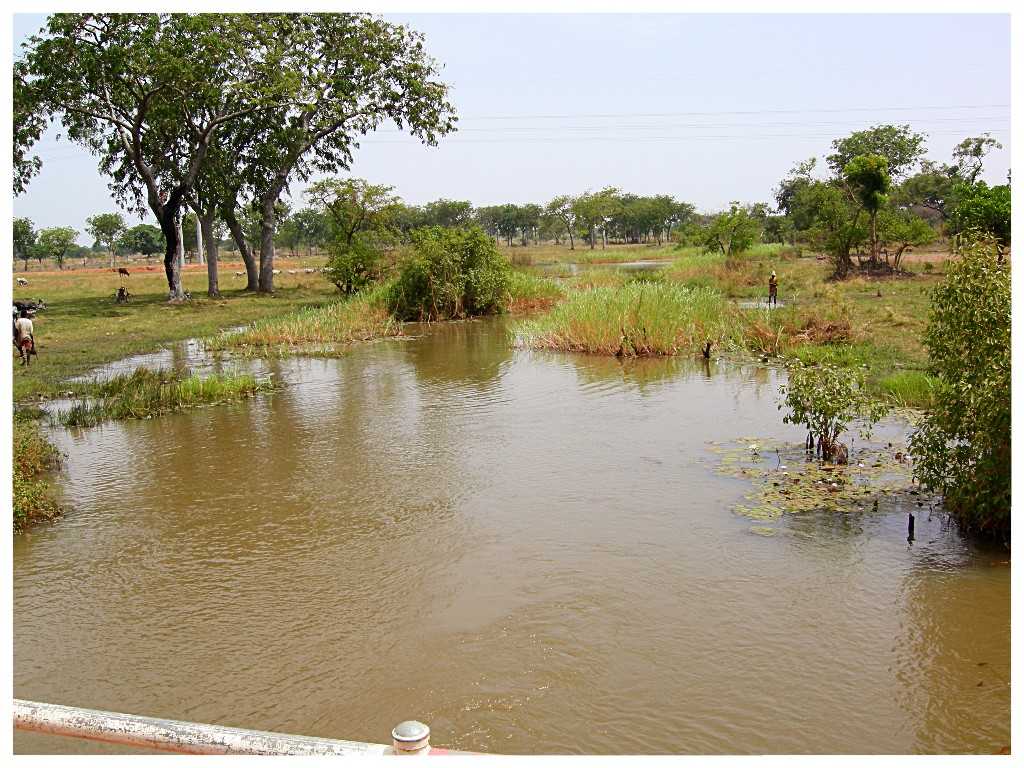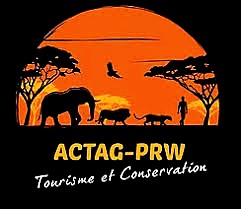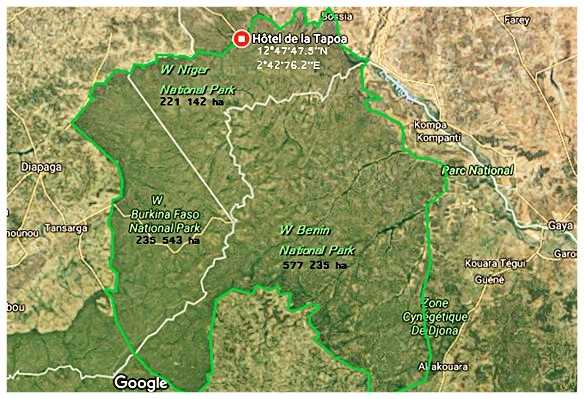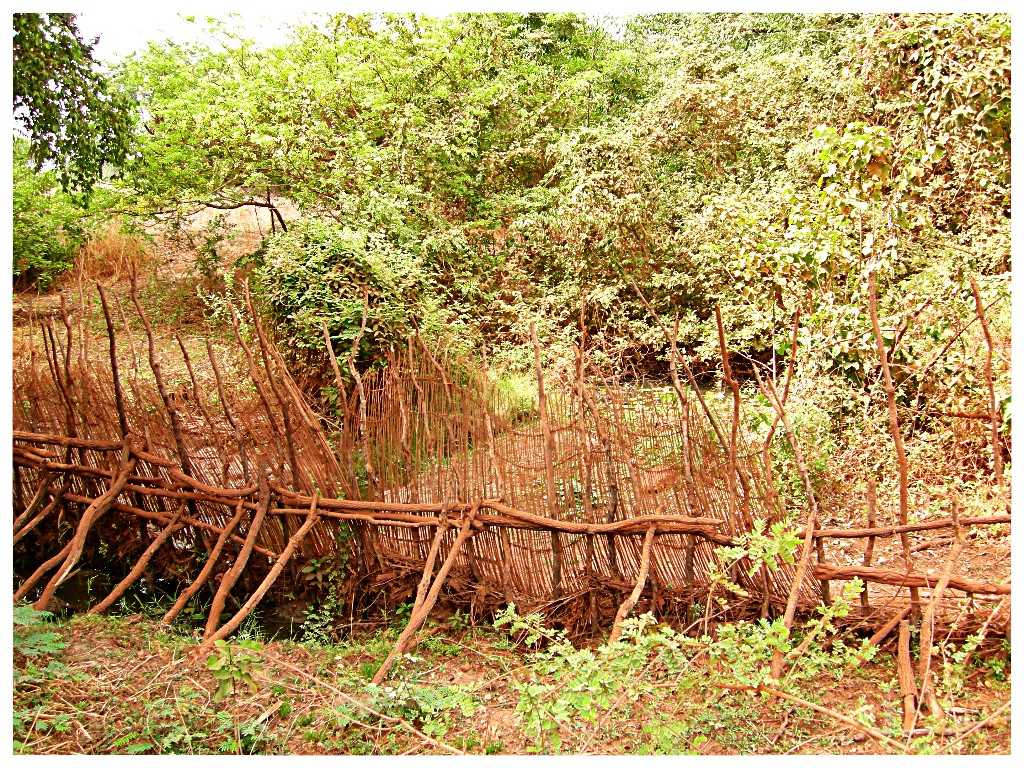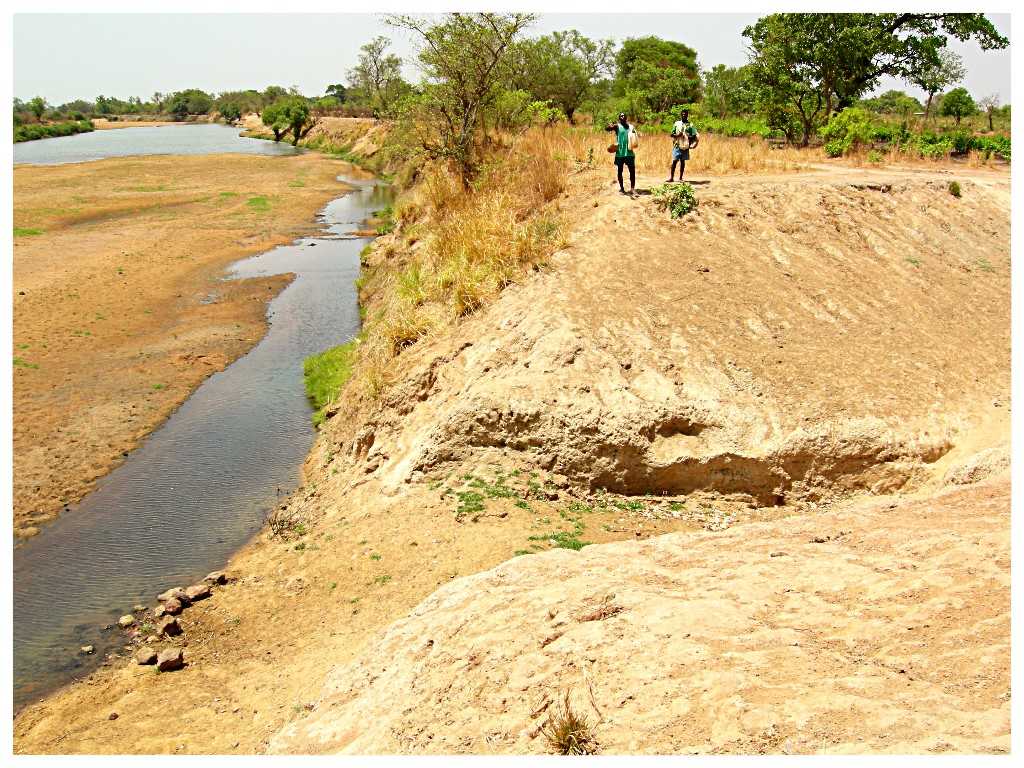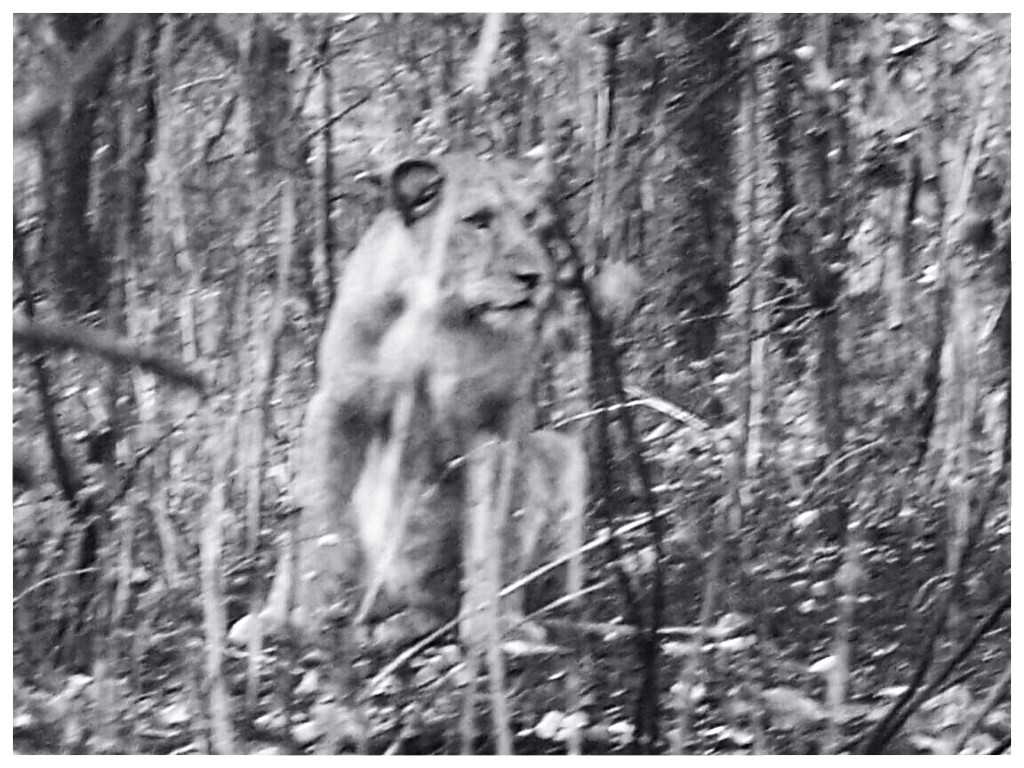Executive summary
W Regional Park is a trans-boundary park between Niger, Benin and Burkina Faso, and houses crucial populations of heavily threatened felids, including lions, leopards and cheetahs. This park protects one of the most important savannah habitats of West Africa, but is under serious threat due to over-poaching and scarce funding for infrastructures. The proponent organization has been handling a ‘Brigade Feline’ to monitor and protect the big cat populations of the park. This project aims at consolidating the protection of the park and the presence of the proponent organization by creating a second ‘Brigade Feline’ and forming patrols and 5 local scientists. It also intends to perform bio-monitoring activities in order to evaluate population status and habitat use of lions, leopards, cheetahs and other felids, as well as of savannah ecosystem engineers that are under heavy threats, such as African spurred tortoises and several species of vultures.
W THE LIONS
Implementing action aids for threatened felids in W Regional Park
IMPLEMENTING ORGANIZATIONS:
APPLICANT ORGANIZATION : ACTAG-PRW- Association des Campements Touristiques pour l'Appui à la Gestion du Parc Régional W.
PARTNERS:
IDECC- Institute for Development, Ecology, Conservation and Cooperation, via G. Tomasi di Lampedusa 33, I-00144 Rome, Italy (www.ideccngo.org)
Université Ouaga 1 Professeur Joseph KI-ZERBO/CUPD, Laboratoire de Biologie et Ecologie Animales, B.P. 848 Ouagadougou 09 - Burkina Faso
Projected Start Date: 01/01/2018
Projected End Date: 31/12/2020
Project Duration (no. of months): 36
The W National Park is a trans-boundary protected area (at the border between Burkina Faso, Benin and Niger) that represents one of the most important biodiversity reservoirs in West African savannahs, with several highly-threatened populations of vertebrates, including ungulates, elephants, lions, leopards, spurred tortoises, etc. The "W" Regional Park is the largest protected nature reserve in West Africa and covers an area of more than one million hectares and is divided between Benin (577,235 ha), Burkina Faso (235,543 ha), and Niger (221,142 ha). It is recognized by Unesco as the first transboundary biosphere reserve. There are several species of large mammals in the Sudanian savannahs of West Africa included within the park boundaries, but also hundreds of species of fish, reptiles (the giant turtle Centrochelys sulcata, the endemic crocodile Crocodylus suchus, etc.), and birds. Among these species, some are threatened with extinction such as the giant tortoise, the manatee (Trichechus senegalensis), the elephant (Loxodonta africana), the lion (Panthera leo senegalensis), the leopard (Panthera pardus) and the cheetah (Acinonyx jubatus). Illegal hunting is a very strong pressure on the W biodiversity and represents a constant threat to the management and conservation of the area.
Threatened Species Targeted:
African Lion (Panthera leo) (Vulnerable); the West African subspecies (senegalensis) is considered Critically Endangered
Cheetah (Acinonyx jubatus) (Vulnerable)
Leopard (Panthera pardus) (Vulnerable)
Other threatened species benefitting from the project:
African Elephant (Loxodonta africana) (Vulnerable)
Red-fronted Gazelle (Eudorcas rufifrons) (Vulnerable)
West African crocodile (Crocodylus suchus) (assessed as Vulnerable in the IUCN/SSC Crocodile Specialist Group workshop held in Abidjan, December 2015)
African spurred tortoise (Centrochelys sulcata) (Endangered)
West African savannah hinged tortoise (Kinixys nogueyi) (Vulnerable)
Project Overall Objective > Results > Outputs > Activities
Overall objective: Enhancing the conservation status of the lion, leopard and cheetah populations in the W regional park by using an holistic approach at the ecosystem scale
Results:
Result 1: The surveillance of territory by trained patrols is enhanced
Outputs:
i) A new ‘Brigade Feline’ is operative and ready to work, with 11 trained personnel fully equipped and active: 9 Eco-guards, 1 ranger and 1 driver.
ii) The efficiently patrolled area is increased by three times compared to that currently patrolled by the ‘Brigade Feline 1’
iii) Detailed and updated datasets on poaching intensity around W regional park
iv) Detailed and updated datasets on bushmeat trade dynamics around W regional park
Activity 1.1. Creating a new Brigade Feline
The ‘Brigade Feline’ first mission is to help protecting the park and its animals, with a special focus on the three big cats species that are target of the present project proposal. Currently the “Brigade Féline 1” is operating in Niger. Its members are now well trained, and the Brigade is efficient; also, its presence has become crucial for the W park protection. This idea is to pursue the good work and aim to multiply its results in other sectors of the W regional park, and not only in the Niger territory, but also in Benin and Burkina Faso. This would be done by (1) enabling it to patrol and be independent through the acquisition of its own vehicle, and (2) teaching additional personnel on how to technically operate for the effective protection of the park.
More specifically, this activity aims to create a second “Brigade Féline” that would operate similarly to the first one and cover another part of the W regional park consisting in patrolling and apprehending poachers.
By creating another Brigade, the protection would be strengthened and increased. It will also be a way to involving more locals into the conservation matter, and to enhance the conservation capacity building of local communities.
This activity will consist of the following sub-activities:
A1.1. 1. Select and form patrols
Members of the “Brigade Féline” need to be carefully selected and trained. They must be loyal, trustworthy, honest and also have a good knowledge and understanding of the area and current issues. The project coordinator itself will select the members, and each of them will be accurately trained in the field and during theoretic classroom days. In particular, rangers and army personnel will be trained for anti-poaching activities.
A1.1.2. Buy all the supplies needed
In order to protect the animals of the park, one of the most crucial objective of the Brigade is to catch and identify poachers. As this can be risky, it is important for the Brigade’s members to have the correct equipment and supplies in order to do as work in the best possible way. The necessary equipment is as follows:
-2 first aid kits (one for each patrol)
-Electronic bio-monitoring supplies including batteries and their chargers, UBSs, SD cards and hard drives.
-Patrol supplies including handcuffs, bullet-proff vests and torches
A1.1.3. Enable the trained surveillance personnel to patrol the territory
This ‘Brigade Féline2’ would patrol 8 months a year, covering another large area of the park. Thus, their field effort will be identical to that of the ‘Brigade Féline1’, that is already working in the park. Also, the surface covered by patrols would be higher. Moreover, by having more patrols and areas to cover, the two brigades would be less predictable and poachers could not anticipate their presence.
Activity 1.2. Reinforce controls at crucial points
Patrolling activities will be intensified in sites that are typically used by poachers to entry the park and conducting their illegal activities. Typically, these are roads and some river tracts.
Activity 1.3. Controlling and monitoring bushmeat trade around W regional park by using army personnel
Bushmeat harvesting and trade will be monitored, by using trained army personnel, at relevant sites situated around the W regional park.
Result 2:
The monitoring system of the population status of the three target species is enhanced and the global ecosystem functionality is rehabilitated
Outputs:
i)Detailed and updated datasets on the population status and habitat preferences of lions, cheetah and leopards in W
ii)Detailed and updated datasets on the population abundance of ecosystem engineers, including five species of vultures and two species of tortoises
iii)Five local scientists carefully trained and ready to carry out the bio-monitoring processes
Activity 2.1. Survey of population status for lions, cheetah and leopard in the entire W regional park
A combination of field techniques, including standard transects, recce transects with examination of tracks and excreta, attractant roar calls, and positioning of camera traps in strategic sites, will be used to estimate the population size, sex-ratio, annual recruitment and habitat use of the three target felid species, with emphasis on population abundance differences among the various sectors of the W regional park.
Activity 2.2. Bio-monitoring of selected ecosystem engineer species in the entire W regional park
Bio-monitoring is extremely important as it allows to learn about the feline population and their habits. This is the first step to protect them. Indeed, by knowing where they live, at what time they go out and how many they are, we can adapt our strategy and prioritize our resources where most needed. In addition, bio-monitoring of selected populations of other threatened wildlife, and especially of ecosystem engineers, will allow the management organizations to better plan future conservation actions in the park.
Therefore, this activity will consist in the implementation of bio-monitoring activities on wild populations of selected ecosystem engineers, through appropriate field surveys made by standard methods (random and standardized transects, use of observation sites, appropriate use of camera traps, etc). The focus of these biomonitoring surveys will be, other than the three main target species of this project (lions, leopards and cheetahs), the heavily declining vulture populations (Gypohyerax angolensis, Gyps africanus, Gyps fulvus, Necrosyrtes monachus, Trigonoceps occipitalis) as example of the necrophagous community, and the giant tortoise Centrochelys sulcata as a crucial seed-disperser of the West African savannah.
Activity 2.3. Training five national scientists
Field (practical) and theoretical training will be given to 5 university students (from post-graduated degree or above) from the universities of Benin, Burkina Faso, and Niger. This teaching will be done using electronic and paper materials, and will include a wealth of information of ecological, botanical, zoological, and conservation biology relevance.
References
Bauer H, 2003. Lion conservation in West and Central Africa. Integrating Social and Natural Science for Wildlife Conflict Resolution around Waza National Park, Cameroon. Leiden University, Leiden, VIII + 160 pp.
Bauer H. and Van Der Merwe S, 2004. Inventory of free-ranging lions Panthera leo in Africa. Oryx, 38: 26-31
Bauer, H., Vanherle, N., Di Silvestre, I. De Iongh, H.H. (2008). Lion – prey relations in West and Central Africa. Mammalian Biology 73:70-73.
Bjorklund, M. 2003. The risk of inbreeding due to habitat loss in the lion (Panthera leo). Conservation Genetics 4: 515-523.
Chardonnet, P. (Ed). 2002. Conservation of the African lion: contribution to a status survey. International Foundation for the Conservation of Wildlife, Paris. 171 pp.
Henschel, P. et al. 2014a. The Lion in West Africa is Critically Endangered. PLoS ONE 9(1): e83500.
Mallon, D.P., Hoffmann, M., Grainger, M.J., Hibert, F., van Vliet, N., McGowan, P.J.K., 2015. An IUCN Situation Analysis of Terrestrial and Freshwater Fauna in West and Central Africa. Occasional Paper of the IUCN Species Survival Commission No. 54. Gland, Switzerland and Cambridge, UK: IUCN. x + 162 p.

